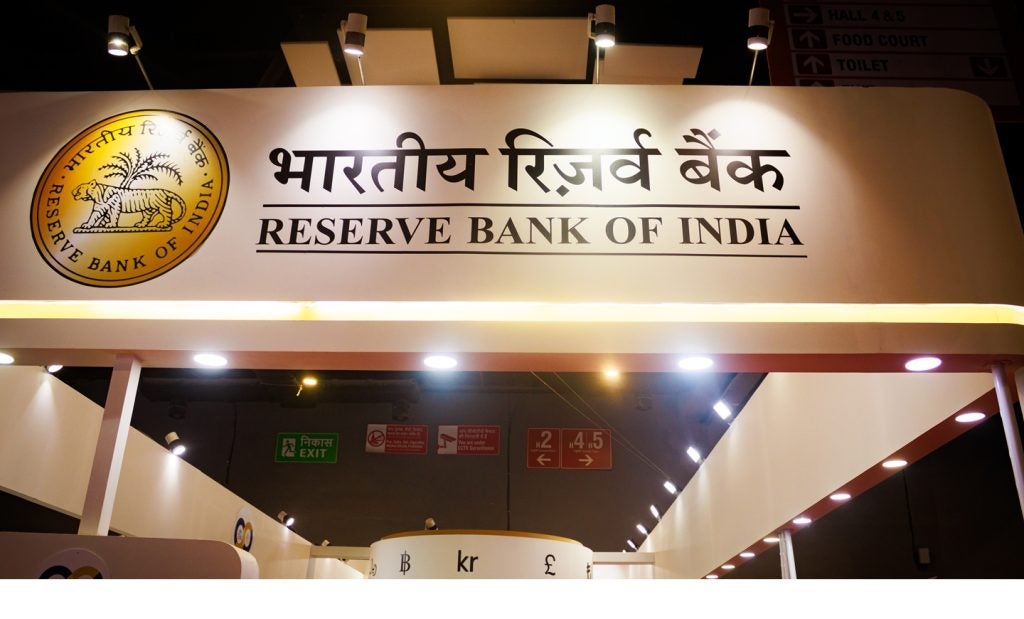The Government of India has announced a mega-merger plan to combine ten state-owned lenders into four entities.
The latest banking reforms is aimed at strengthening the banking sector struggling with growing debt.
The move will also be instrumental as India plans to become a $5 trillion economy in the next five years, Indian Finance Minister Nirmala Sitharaman said while announcing the array of bank combinations.
Indian bank merger: Details
Under the latest announcement, Oriental Bank of Commerce and United Bank will be merged with Punjab National Bank. The combination will create the second largest lender in the country, reported Reuters.
Andhra Bank, Corporation Bank will be merged with the Union Bank of India, the minister added.
Also, the plan encompasses combining Canara Bank and Syndicate Bank, while Indian Bank will merge with Allahabad Bank.
The other two public sector lenders Bank of India and Central Bank of India will continue to operate independently.
Once these series of mergers are complete, the number of state-owned lenders in the country will reduce to 12.
Several banking unions have opposed the amalgamation fearing job losses. However, Finance Minister Sitharaman stated that the merger will not result into any redundancies.
Earlier this year, Dena Bank and Vijaya Bank were merged with Bank of Baroda. The merged entity now boasts around 9,500 branches with a client base of 120 million.
Last year, six State Bank of India (SBI) subsidiaries were merged with the parent company, as a part of government’s efforts to clean up the sector.
Besides the mega-merger, the government also announced a slew of governance reforms for stat-owned banks, reported Livemint.
The measures include recruiting an independent chief risk officer, making management accountable to board and enable proper succession planning among others.






